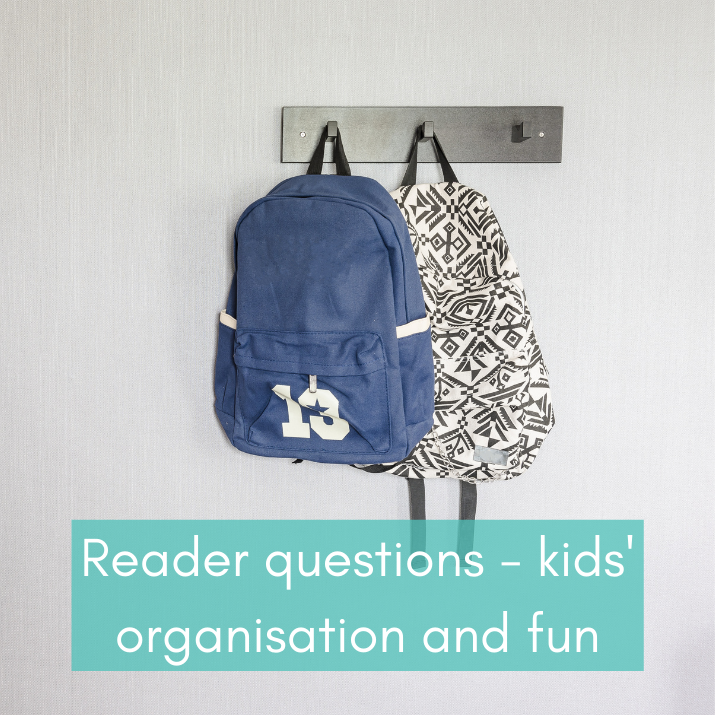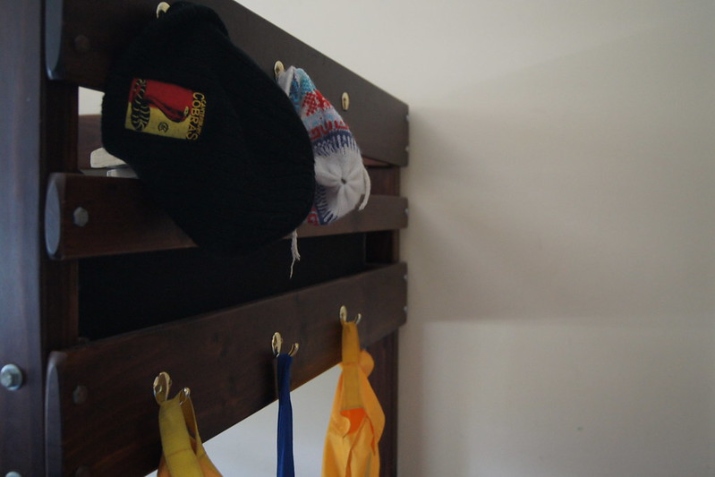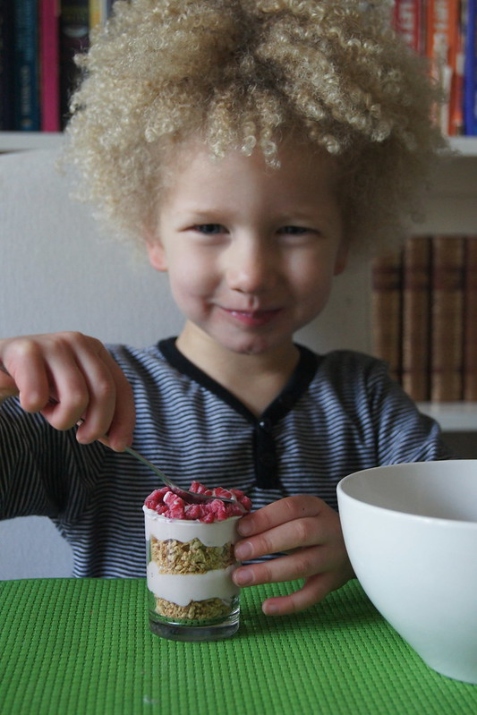
Today’s post answers reader questions on the topic of kids’ organisation and fun. You can read previous answers to readers’ questions here.
When answering reader questions I try to offer up as many helpful tips that I can from my 22 years of parenting. But I am not a parenting expert, child psychologist, or qualified counselor. My answers are for information and entertainment purposes, please make sure you seek out relevant professional advice if you have parenting issues that are causing you and your family distress.
How you organise all the children’s sporting, activity and school bag/kits. Where/how you store everyone’s stuff!
We do not have a mudroom, entrance area, or the like for kids to store their belongings. We have limited space in our house so ensuring everything has a place has been key in making sure we are not drowning in kids’ stuff. Many of the systems we use have been the creation of my husband. He has a keen eye for process improvement and finding easily accessible homes for everyday items. Here are some ideas that have worked very well for us, most of which were the creation of Phil!

- Hooks – for backpacks, dressing gowns, keys, ironing, and more, Phil has put up plenty of hooks in our house so we can best use the space we have. I have written a post highlighting his handiwork which you can find here – 5 simple ways to get organised with hooks.
- Outside bookshelf – we have a bookshelf outside our back door. We picked this up second hand from a school that was giving them away. Phil painted it the same colour as our weather board house and this is where the dirty footy boots, runners and sometimes school shoes if they are muddy go.
- Drink bottle tub – we have a large plastic tub which Phil put a 12 wine bottle divider carton insert into. When drink bottles are not in use they are stored in this tub on a shelf in the laundry.
- School lunch box tub – we have a whole range of different lunch box items for the kids to use. On the shelf above the drink bottle tub we have another tub where we keep all the containers, lunch boxes, wraps etc the kids can use for their school lunches. You can see the types of lunch box items we use in this post – Eco friendly lunch box reviews.
- Sporting clothes – so the kids can easily find their footy / soccer uniforms we have them keep them in a particular section of their drawers. For those that have bigger drawers we use boxes within the drawers to create sections. If the drawers are smaller we will just allocate one drawer to sports clothes. You can see older photos of how we use drawers to make it easy for kids to put away and access their clothes here – Reorganising the children’s drawers and wardrobes.
Key takeaway – Take a look around your house and see what items are used most frequently. Find a permanent home that can be easily accessed by the kids so they can find and put back the items they need. The putting back part does require work. When items are out of place, find the relevant child and get them to return it – don’t do it for them. They will soon learn that it is quicker just to do it properly in the first place.
How to integrate a baby (under 1 year) into their siblings room (3 year old) without them waking each other up during book reading /night wake ups/etc

Our kids have always shared rooms and with the exception of our daughter still do so. It is a challenge in many ways but it is also a great way for kids to bond, learn to share, negotiate and consider others. Moving a baby into a room with a sibling can be done and the more consistent their routines the easier this is. When we moved babies into a room with a sibling depended on a number of things. Our youngest stayed in a cot in our room until he was two because it was the quietest room in the house and it made my life easier to have the preschooler and prep child having more access to the room as he was still having day sleeps.
With a baby at around one year in the room with an older sibling (for us they were also three), I would stagger the bed times until the baby was about two. I would put the baby to bed first, feeding and reading a story in the room. For the three year old we would sit together on the couch and read stories and then go into the room about 30 minutes later and the baby would almost always be asleep.
I found that even if the baby did cry through the night, the three year olds rarely woke up to it. They would however wake up in the morning when the baby woke. One of the reasons we didn’t move the youngest into the room with his siblings was because he was such an early riser. It wasn’t until after he was over two did he stop waking up when there was a ‘5’ at the front of the clock. He went to bed early so was a happy baby but the other kids did not need to be up this early!
Key takeaway – know the sleeping patterns of your baby and make a decision on the necessity to move them into a room with their siblings based on how it will impact everyone. Aim to have solid routines for both kids before you move them in together so you can easily stagger their bedtimes.
I struggle with the balance between being in routines and being spontaneous with my 3 kids, do you have any advice around this?

I can totally relate to this. This is a common challenge especially if you have worked hard to create some routines and you love feeling organised. As weird as it sounds, my recommendation is to plan spontaneity in! This is a transition phase to get you used to doing things out of routine. Choose a time across the week which works best for you for things to go off routine. Friday or Saturday afternoons and nights tend to be a good time for this. Start small and do things like eat dinner around the coffee table and watch a funny movie together. Let the kids stay up a bit later playing some games together.
After a few weeks of this, you will start to get an idea of things that work for you and the family. Then you can look to not schedule weekly spontaneity but go with the energy of the family. For me a sign that we need some spontaneity in our lives is when:
- The kids are fighting more than usual
- The kids are staying inside the house too much
- I am feeling life is a bit like groundhog day
- We haven’t ventured out of our local area for a while
- The weather is too good not to do something fun in it!
Key takeaway – Spontaneity can be learned. Schedule in time for it first if it doesn’t come naturally then learn to go with the energy of the family. It is also really important to note that mixing things up doesn’t have to cost a lot of money or take a huge amount of effort. We have great success in our house by just doing things a bit differently. You can read more on how we do this in this post – Making The Ordinary Fun.
